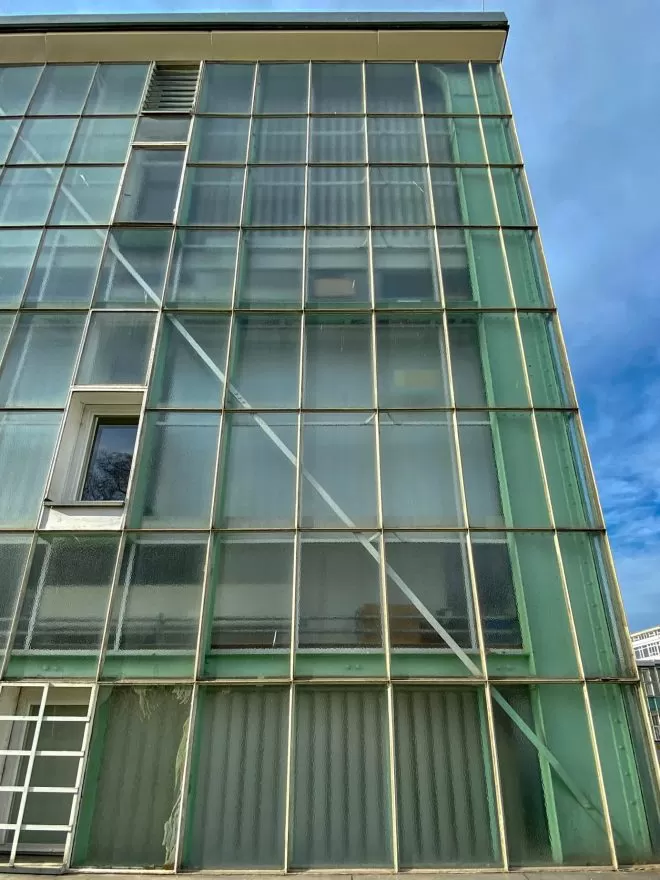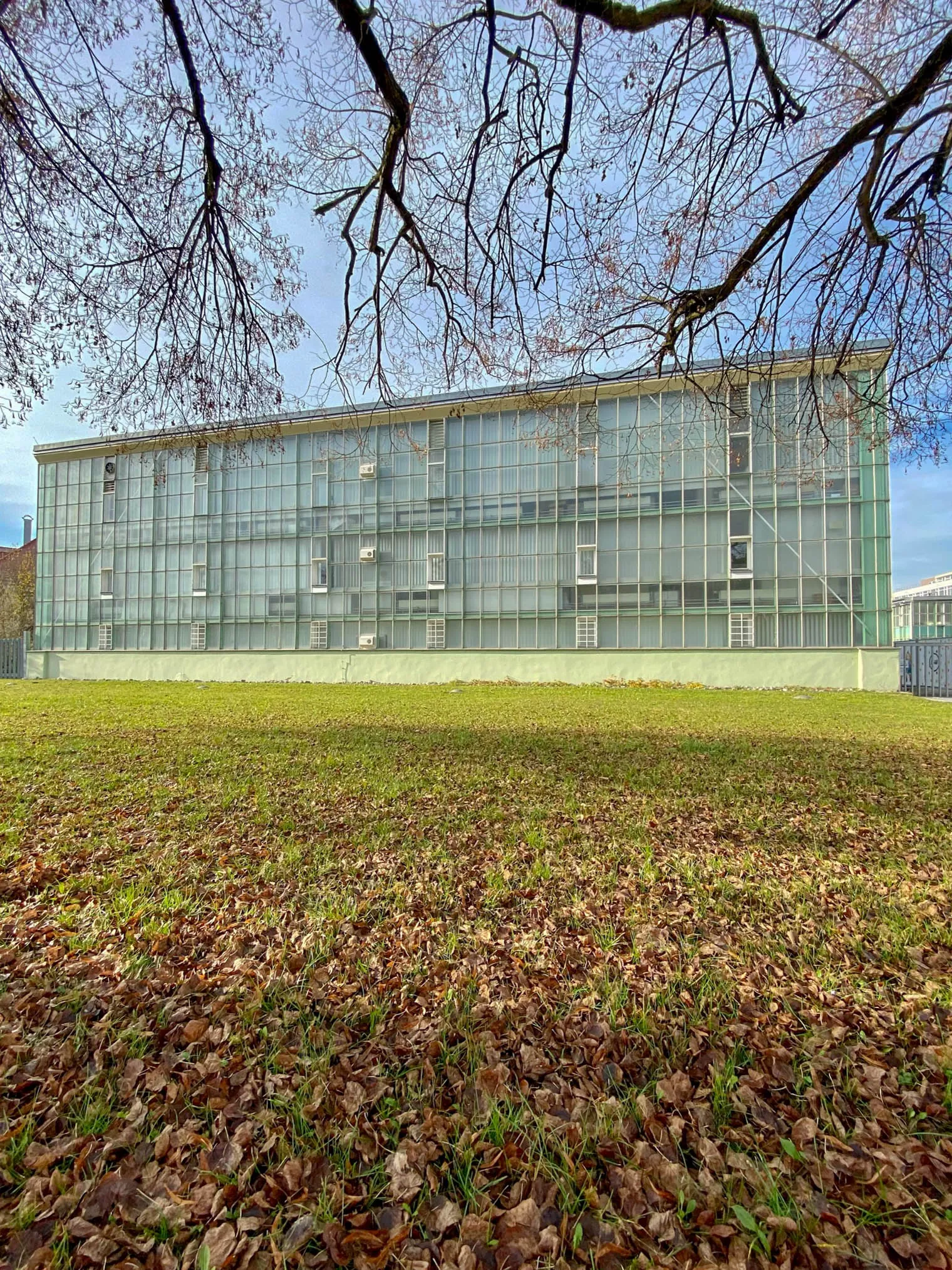
Steiff Factory, 1903-1908. Design: Richard Steiff. Photo: Daniela Christmann
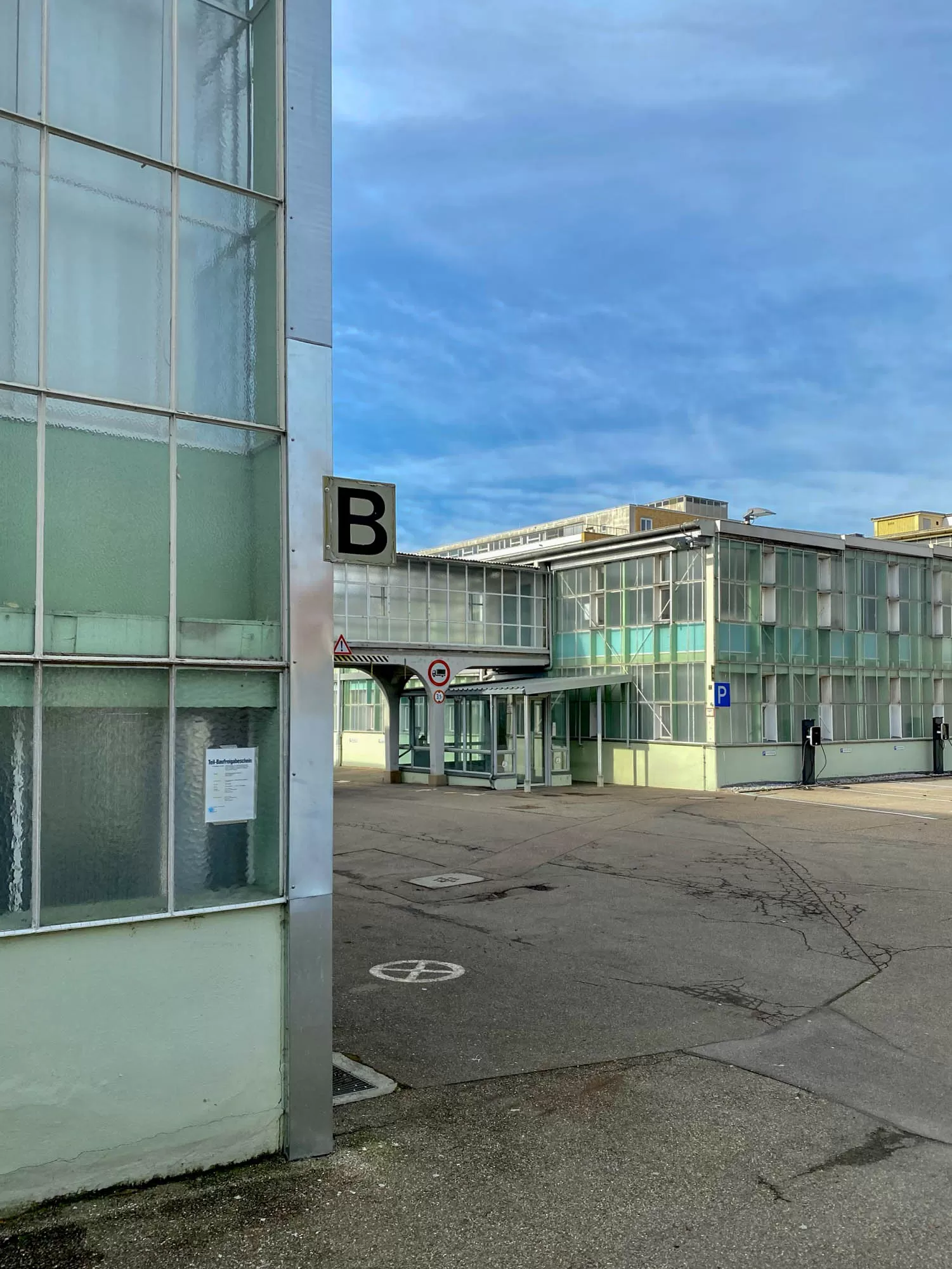
Steiff Factory, 1903-1908. Design: Richard Steiff. Photo: Daniela Christmann
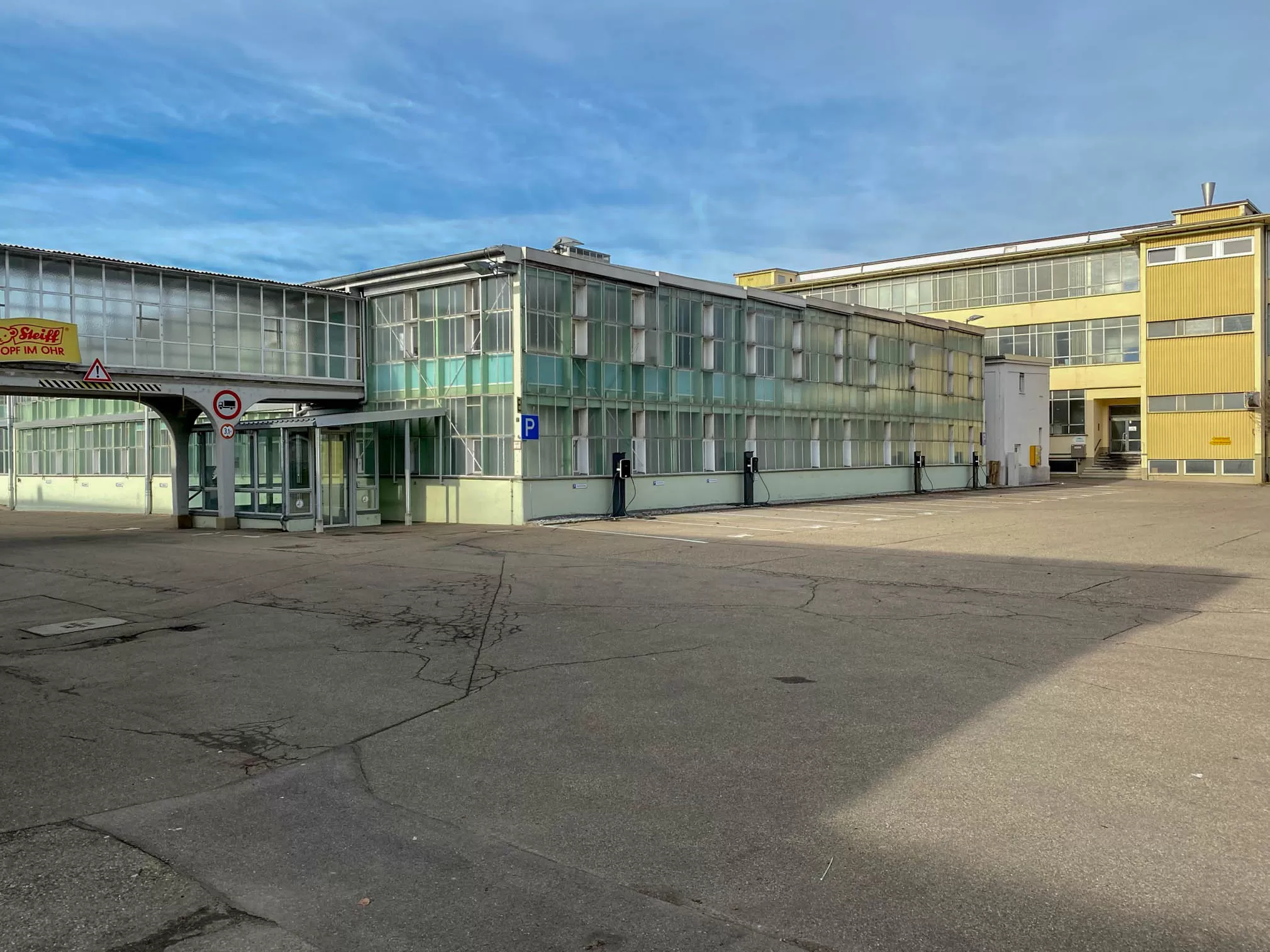
Steiff Factory, 1903-1908. Design: Richard Steiff. Photo: Daniela Christmann
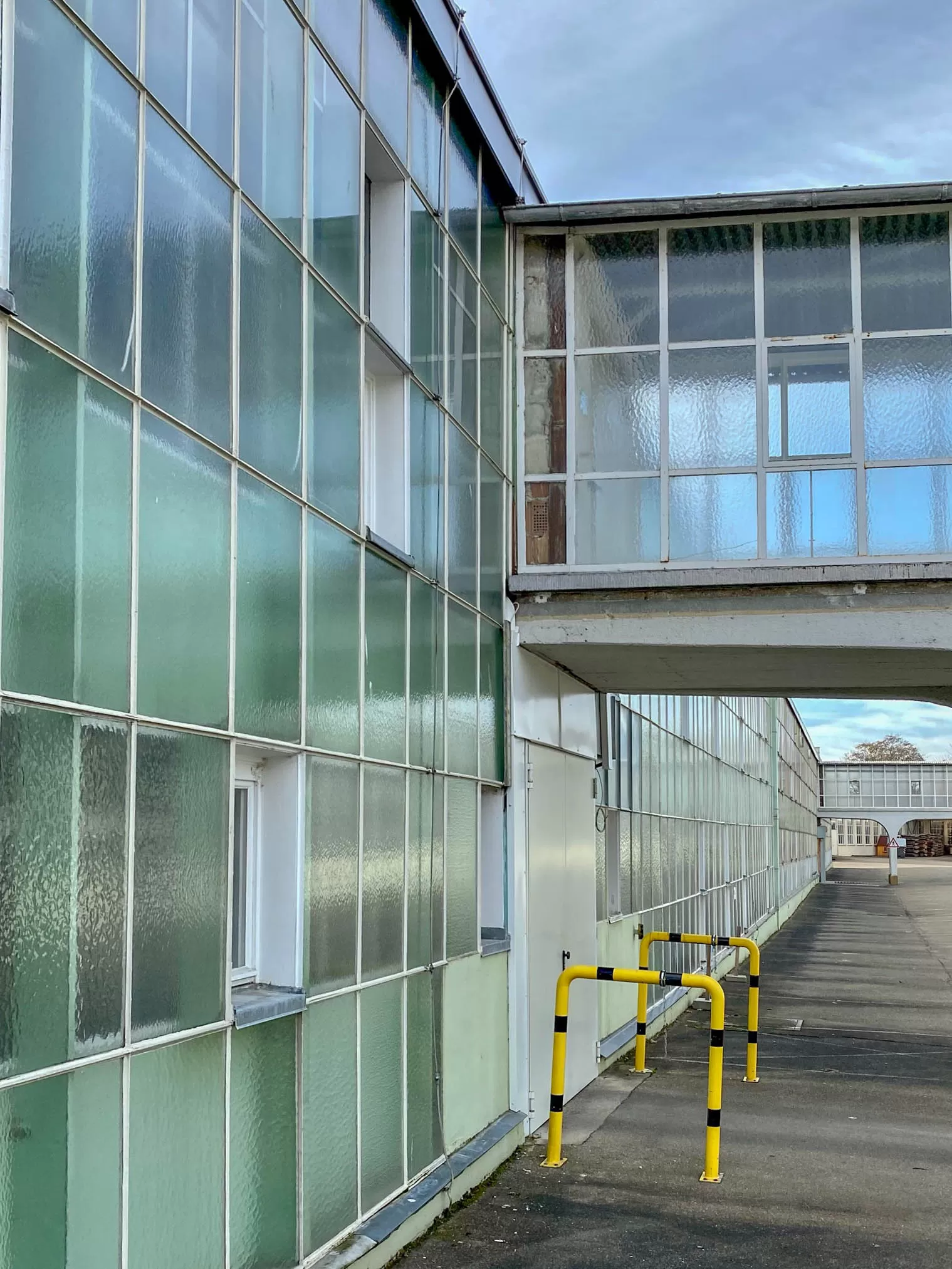
Steiff Factory, 1903-1908. Design: Richard Steiff. Photo: Daniela Christmann
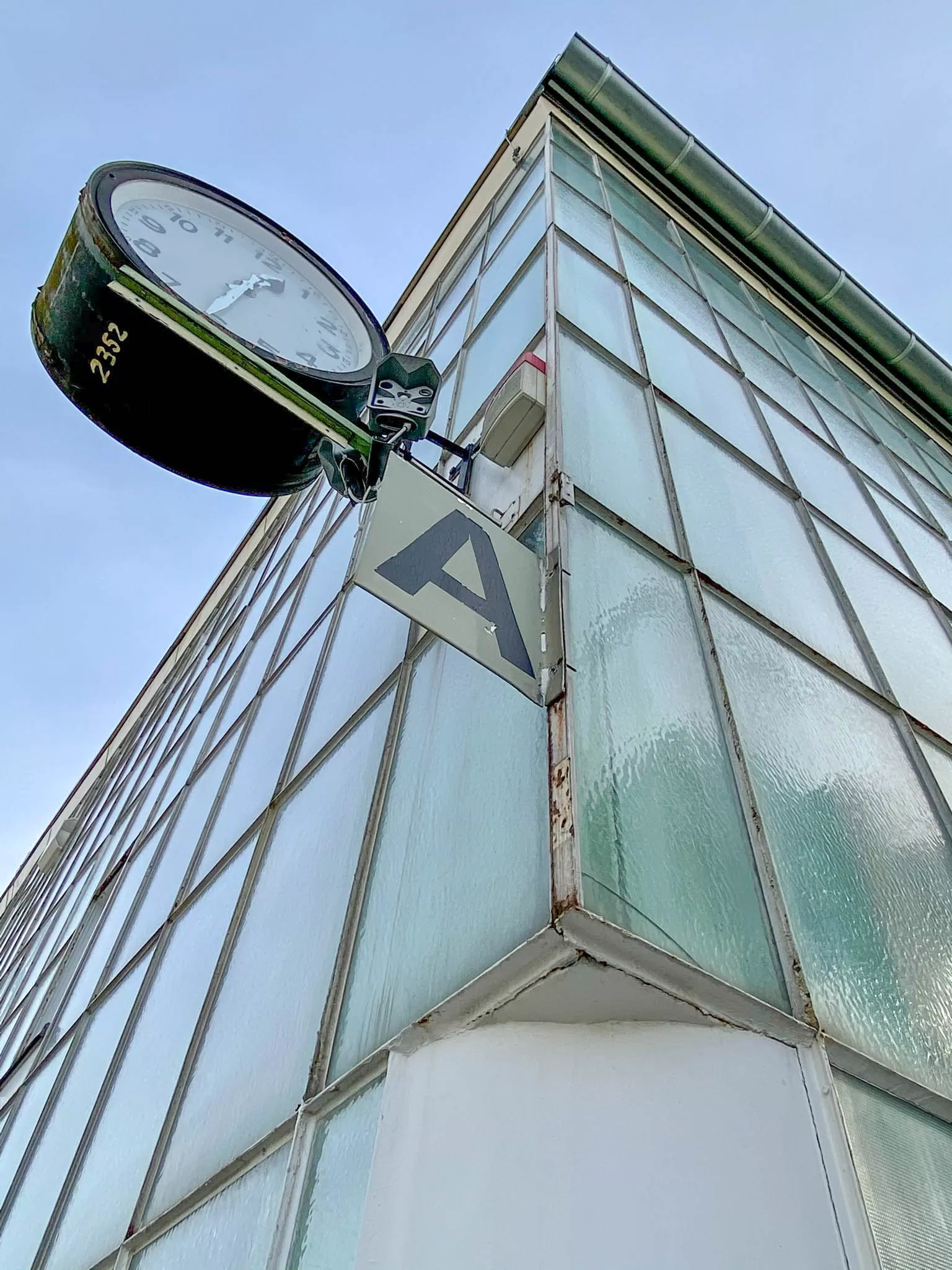
Steiff Factory, 1903-1908. Design: Richard Steiff. Photo: Daniela Christmann
1903 – 1908
Design: Richard Steiff
Margarethe-Steiff-Platz, Giengen an der Brenz, Germany
The Steiff factory halls were built by Margarethe Steiff GmbH in Giengen an der Brenz in several construction phases starting in 1903.
Margarete Steiff
Builder of the halls was the company founder Margarete Steiff. She had been confined to a wheelchair since childhood due to polio.
In 1877, after attending a sewing school, she opened a retail store together with her sister. There she first made and sold pincushions, and later felt toy animals.
1893 the company was entered in the commercial register, a catalog was published, and Steiff toys were presented at the Leipzig Trade Fair.
Six years later a factory building with a store was completed on the southwest corner of the Giengen city fortifications, which was enlarged by another building in 1900.
Around 1900, Margarete Steiff’s nephews brought new impetus to the company by joining the company.
Three years later the popular Teddy Bear was developed; instead of felt, they now processed a fur-like mohair plush.
The steadily growing demand called for light-filled buildings suitable for production.
East Building
The so-called East Building, originally erected in 1903 in the midst of orchard meadows, is considered the pioneer building of the entire factory complex.
In popular parlance, the building was known as the Maiden’s Aquarium, as it was mainly unmarried seamstresses who were employed here.
Curtain Wall
The facade system of the Steiff factory building is probably the earliest version of a curtain wall in factory construction in Germany.
Its glass skin is continuous from the base to the cornice, suspended in front of the support system and led around the corners.
To enable Margarete Steiff to reach production on the upper floor, the hall had a ramp so that she could drive up in a wheelchair.
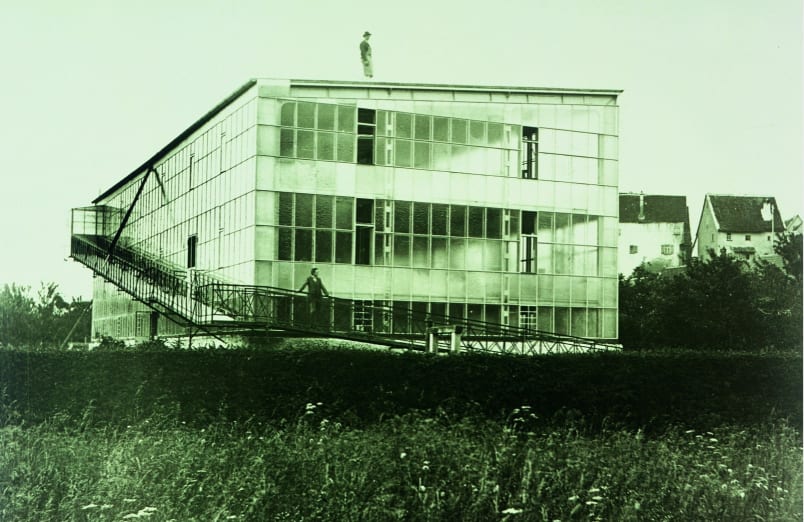
East building, 1903. Photo: Steiff Company Archive
Richard Steiff
The design of the buildings is attributed to the nephew of the company founder, Richard Steiff, who had studied at the Stuttgart School of Arts and Crafts and was given the opportunity to study the construction of the Crystal Palace in London during an extended stay in England in 1897.
In February 1903, the building application for the glass factory building was submitted by Eisenwerk München AG to the Giengen municipal building authority.
The company, which was experienced in glass and iron construction and was responsible for the hall of the Oberammergau Passion Theater and the glass roofing for the Hermann Tietz department store in Munich, had submitted a bid for the building and was awarded the contract.
Construction
The factory hall is a three-nave and five-bay steel skeleton structure over a 30 x 12 m floor area.
Its paneling effect is achieved by the corner column profile, designed as a frame, and by a truss beam inserted between the footings and then concreted in place.
Inside, the building is subdivided by fine-linked columns consisting of u-shaped profiles with web connections.
The glass exterior wall is of double-skin construction.
Exterior glazing runs as an uninterrupted surface from the base to the roof cornice, while interior glazing is each storey high.
The supporting elements that lie between the glass surfaces, such as columns or ceiling beams, remain visible to the outside, as do the connecting parts and spacers.
Curtain Wall
The non-supporting outer skin of the Steiff halls is an early example of the curtain wall, which in the 1920s became the flagship of modern architecture, for example in the Faguswerk or the Bauhaus building in Dessau.
Due to the success of the Teddy Bear, production multiplied further between 1903 and 1907.
In 1907, Steiff produced 1.7 million toys and over 970,000 Teddy Bears, which required the construction of additional factory buildings.
South Building
Following the example of the east building, the so-called south building was realized as early as 1904.
The exterior design corresponded to the first building.
Its only difference was that the steel structure was replaced by a nailed wooden construction which was easier to produce on site.
In 1908, another structure was built parallel to the south building.
The connection between the two buildings was made by wooden open walkways. These were later replaced by a reinforced concrete structure.
Renovation
The three glass buildings, which have been preserved in their original form, are listed as historical monuments.
In the early years, the glass surfaces of the buildings were painted with lime paint in the summer to prevent the interior from heating up.
During the cooler days in autumn the paint was washed off again.
In 1980, the first Steiff Museum opened in the East Building, which subsequently moved to a new building in 2005.
2011 the buildings on the site were renovated, seven years later all factory roofs were modernized.

Steiff Factory, 1903-1908. Design: Richard Steiff. Photo: Daniela Christmann
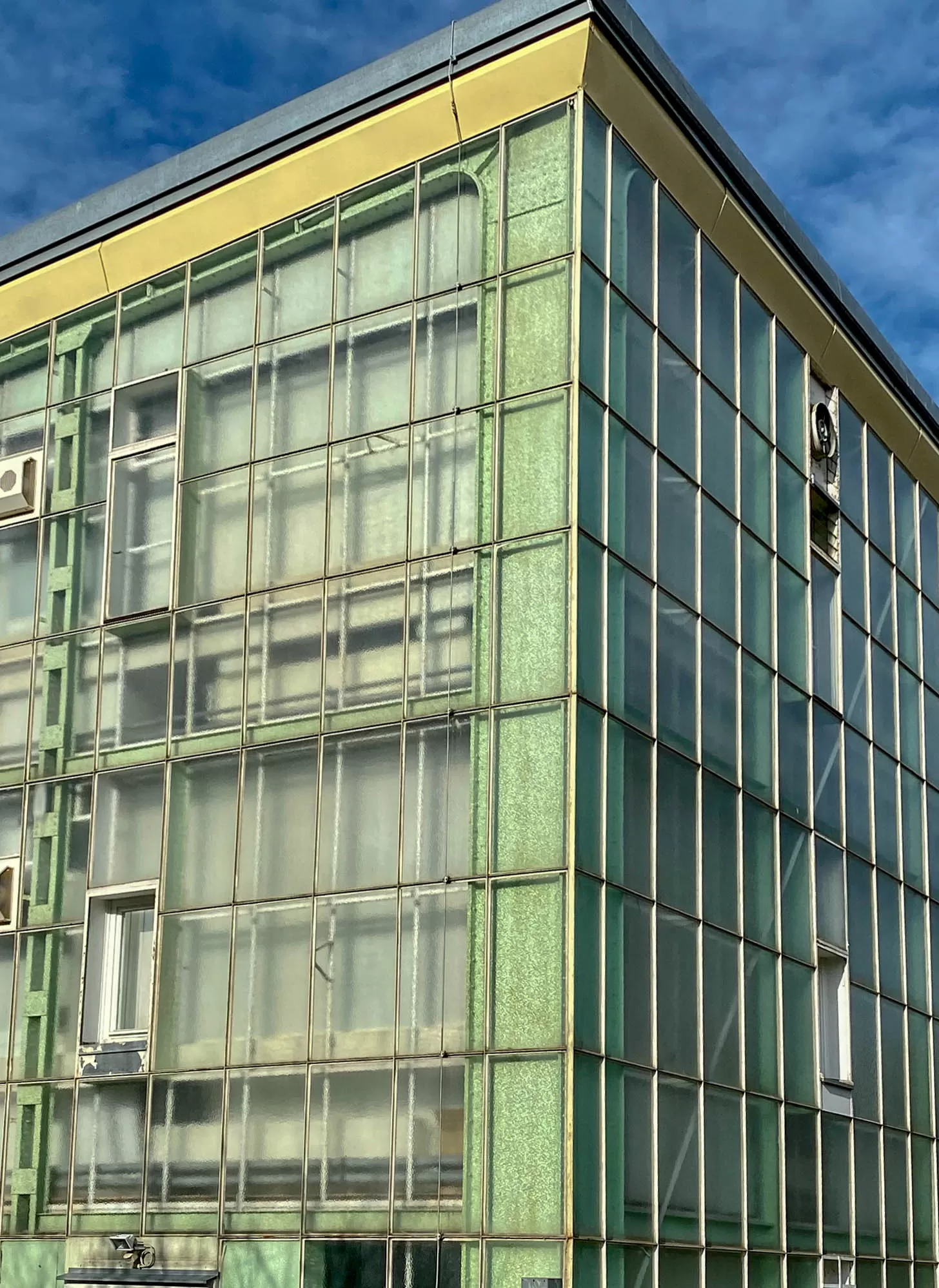
Steiff Factory, 1903-1908. Design: Richard Steiff. Photo: Daniela Christmann
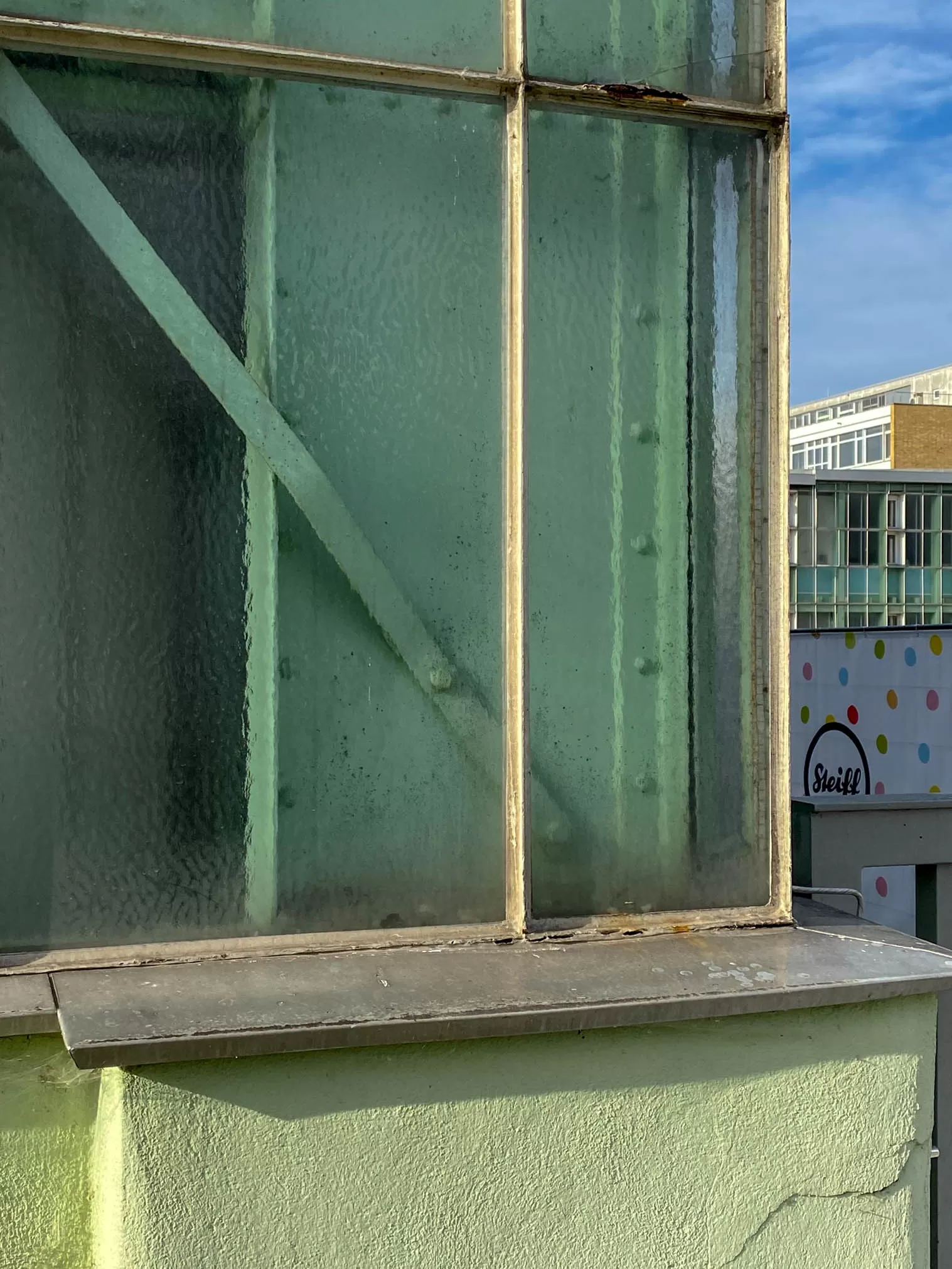
Steiff Factory, 1903-1908. Design: Richard Steiff. Photo: Daniela Christmann
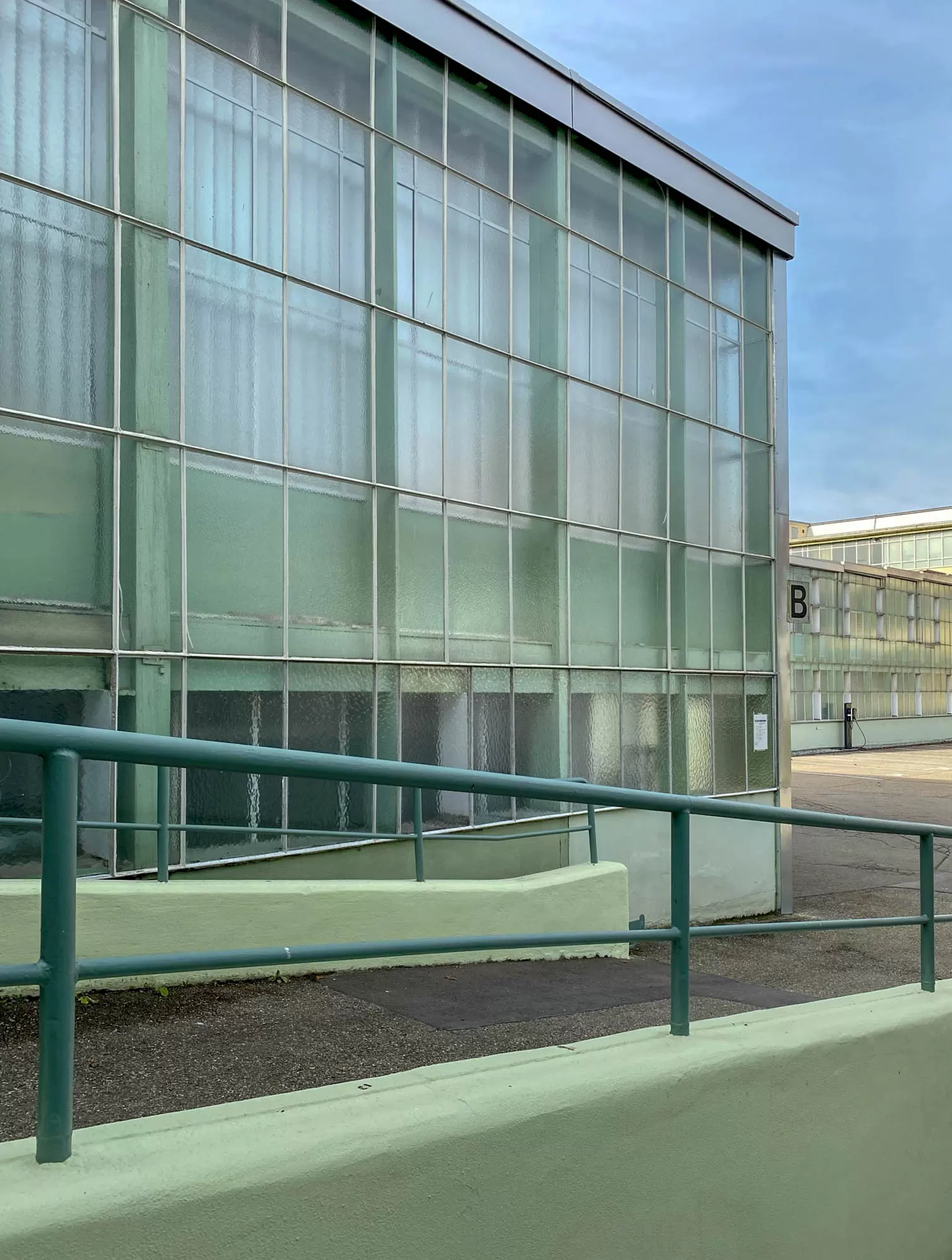
Steiff Factory, 1903-1908. Design: Richard Steiff. Photo: Daniela Christmann
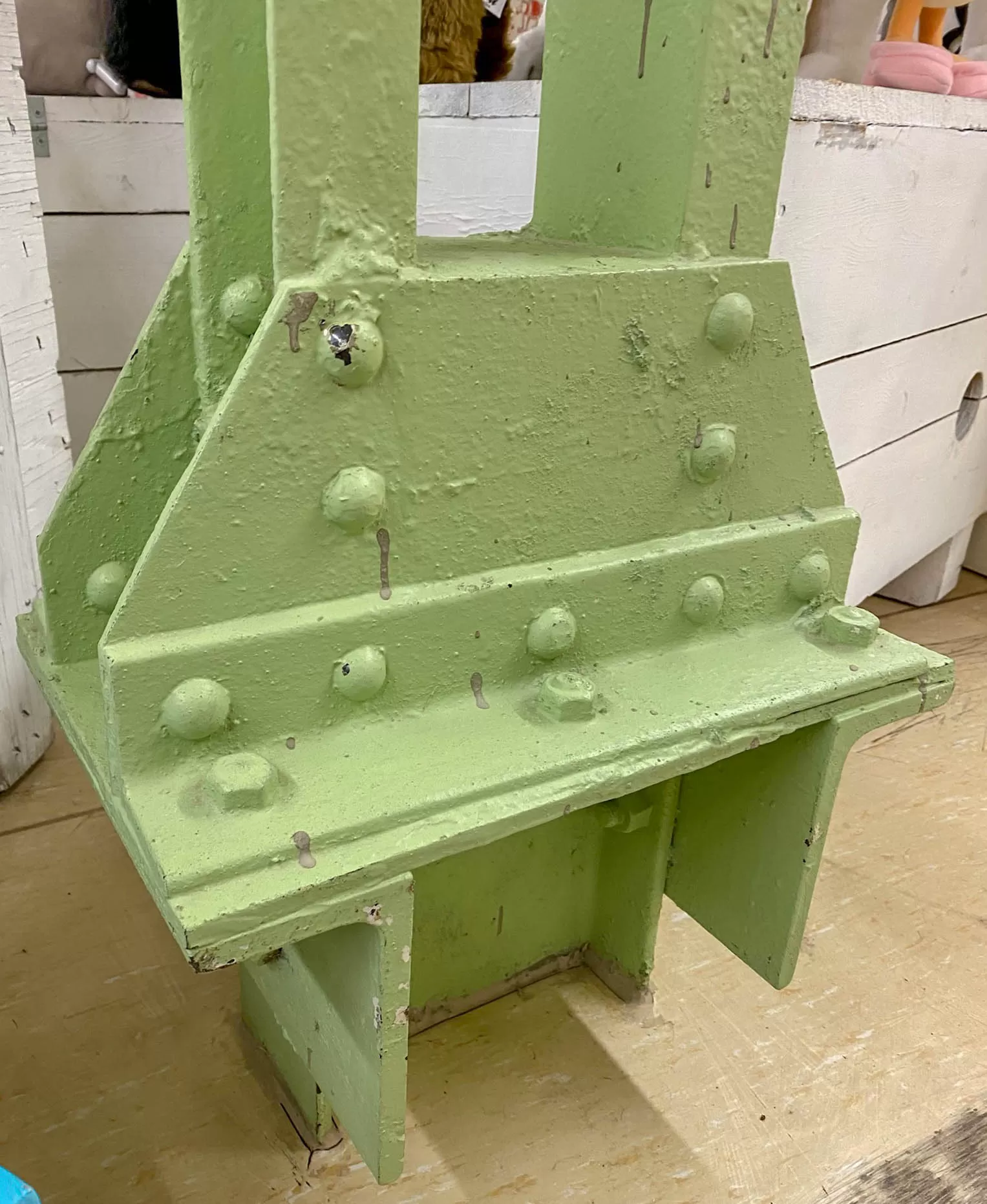
Steiff Factory, 1903-1908. Design: Richard Steiff. Photo: Daniela Christmann

